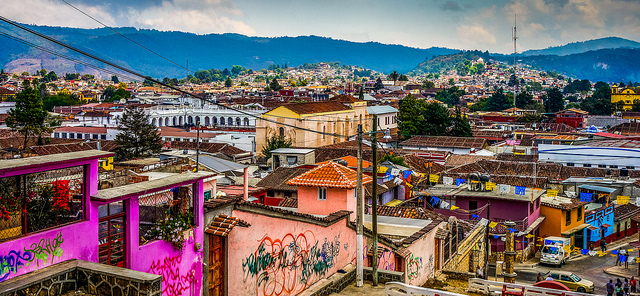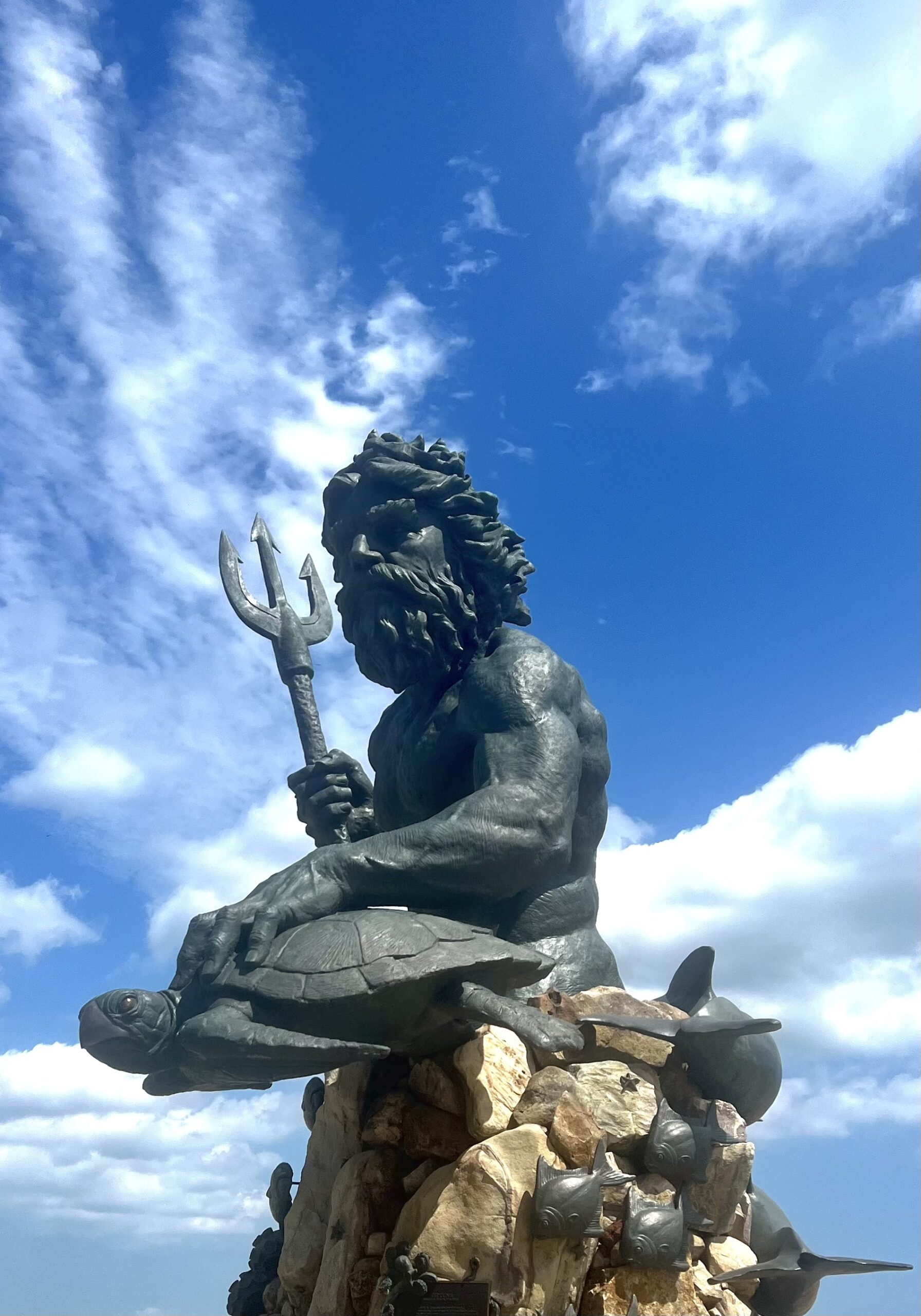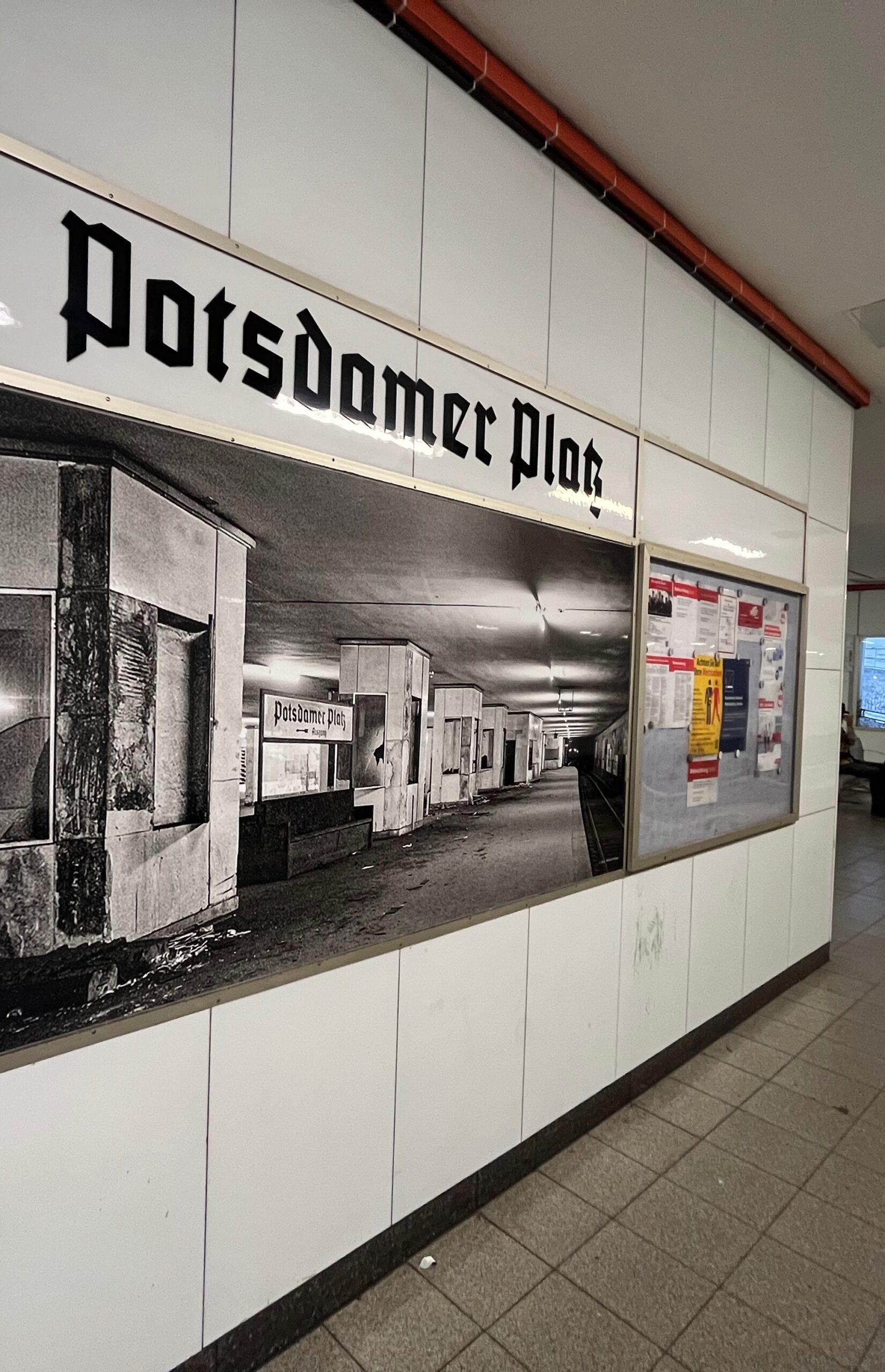By ROLF YNGVE

All around the Parque Central of San Cristóbal de Las Casas there were women in traditional dress. Sometimes they were standing in line. Sometimes they clustered together looking inward at each other. One of them standing in a long line of similarly dressed women told me, “We are here for the government.” There was a uniformed guard who seemed to be looking after them. He told me they had been bused to the city for the government.
The women had collected themselves in community groups. Their blouses, skirts, huipils and shawls were uniforms; each group of women was dressed the same, each group different from the other.
The “government” being sought by the women in San Cristóbal de Las Casas involved a program designed to support single mothers. They were lined up to get access to support for health care, education and employment.
A wonderful museum in celebration of these textiles has been created in what was once the convent of Santa Domingo. Banamex was the source of the millions of pesos used to make the ex-convento into a museum for their arts. Some say this is a clever way for the government and corporations to defeat the Zapatistas. Some others say it is the Zapatistas getting what they wanted all along.
In a single, long room, dozens of examples of indigene dress are displayed, beautifully lit, their origins and year of their making carefully noted. There are also one hundred eighty nine drawers with blouses, skirts, caps, shirts, all laid carefully under glass. Perfectly adjusted overhead lights automatically illuminate the drawers when they are opened by the visitor. In another room, a temporary collection of ghostly cottons from Oaxaca gave the museum a national sense, or perhaps linked the handwork of Chiapas within a larger sphere of textile arts.
And it is handwork, this clothing. The old embroidery was done by needle. Much of the weaving is still done on the simplest of machines, a back strap loom. Women lean back to tighten the warp, lean forward to count the threads with their fingers as they insert a shuttle. They lean back again to bring a long stick toward them as the batten, tightening the weft. Although, more recently, the women have used a Singer, the girl at the museum told us.
It is easy to assume that these textiles are created for a sort of tourist trade, and there are, in fact, many tiendas and stalls where one can buy it. But a book, A Textile Guide to the Highlands of the Chiapas by Walter F. Morris, published in 2011, explained how women wear their dress as a statement of social status reflecting the close social structure of her community. Every community has a different style, and each changes in their own way. As Morris says, speaking of the community of Chamula, “A woman who wears this style knows, as do all Chamulan women around her, that she is wearing a fortune in wool.”
We met an ex-pat named Cisco who told us that when the Zapatistas took over cities and fought the federal soldiers in 1994, they stayed away from Chamula. While the Zapatista’s intent was to preserve the Mayan ways, the Chamulans, according to Cisco, would have killed anyone entering their community with guns, no matter their intent.
This may or may not be true. Chiapas is a place of conflicting narratives. Morris’s book, for instance, begins his discussion of textiles with a dream: “At the beginning of the world, when the saints walked the earth, San Andrés found a good place for his people to live.”
Rolf Albert Yngve’s writing has appeared or is forthcoming in Eclipse, Glimmer Train, Chattahoochee Review, the War Literature and the Arts Journal and The Indiana Review, where a story won the 2009 Indiana Fiction Prize.
Photo by Flickr Creative Commons user Boris G




